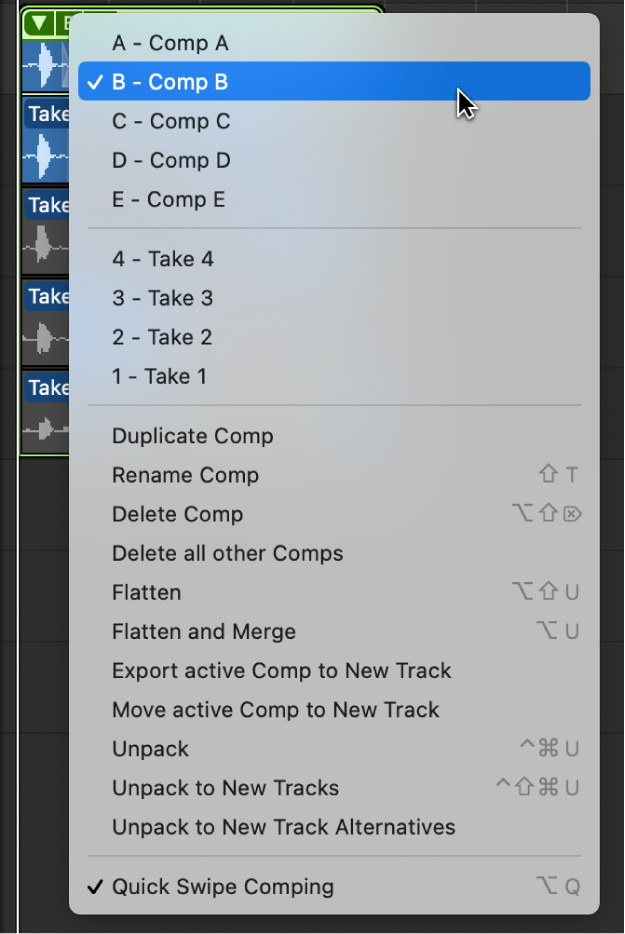

For CSV files, you can use Excel's Save As or Export commands to specify a file format and encoding.

Many other text editors offer similar functionality. If the file is small enough, you can open it in Notepad and then save the file in the desired encoding. Prepare filesīefore uploading your file, make sure that the data in the file can be used in Machine Learning:Įnsure that the data in the file uses UTF-8 encoding.
#How to use source unpack how to#
This section describes how to prepare your data and then unzip it in Machine Learning Studio (classic). The module then decompresses the dataset and adds the data to your workspace. The dataset must have been uploaded in a compressed format. The module takes as input a dataset in your workspace. Generally, zipping files is a good option when your dataset is so large that you want to use compression for the upload, to minimize upload time and associated costs.

The purpose of this module is to reduce data transfer times when working with very large datasets by saving and uploading your data files in a compressed format. This article describes how to use the Unpack Zipped Datasets module in Machine Learning Studio (classic), to upload data and script files in compressed format, and then unzip them for use in an experiment. Similar drag-and-drop modules are available in Azure Machine Learning designer. Applies to: Machine Learning Studio (classic) only


 0 kommentar(er)
0 kommentar(er)
